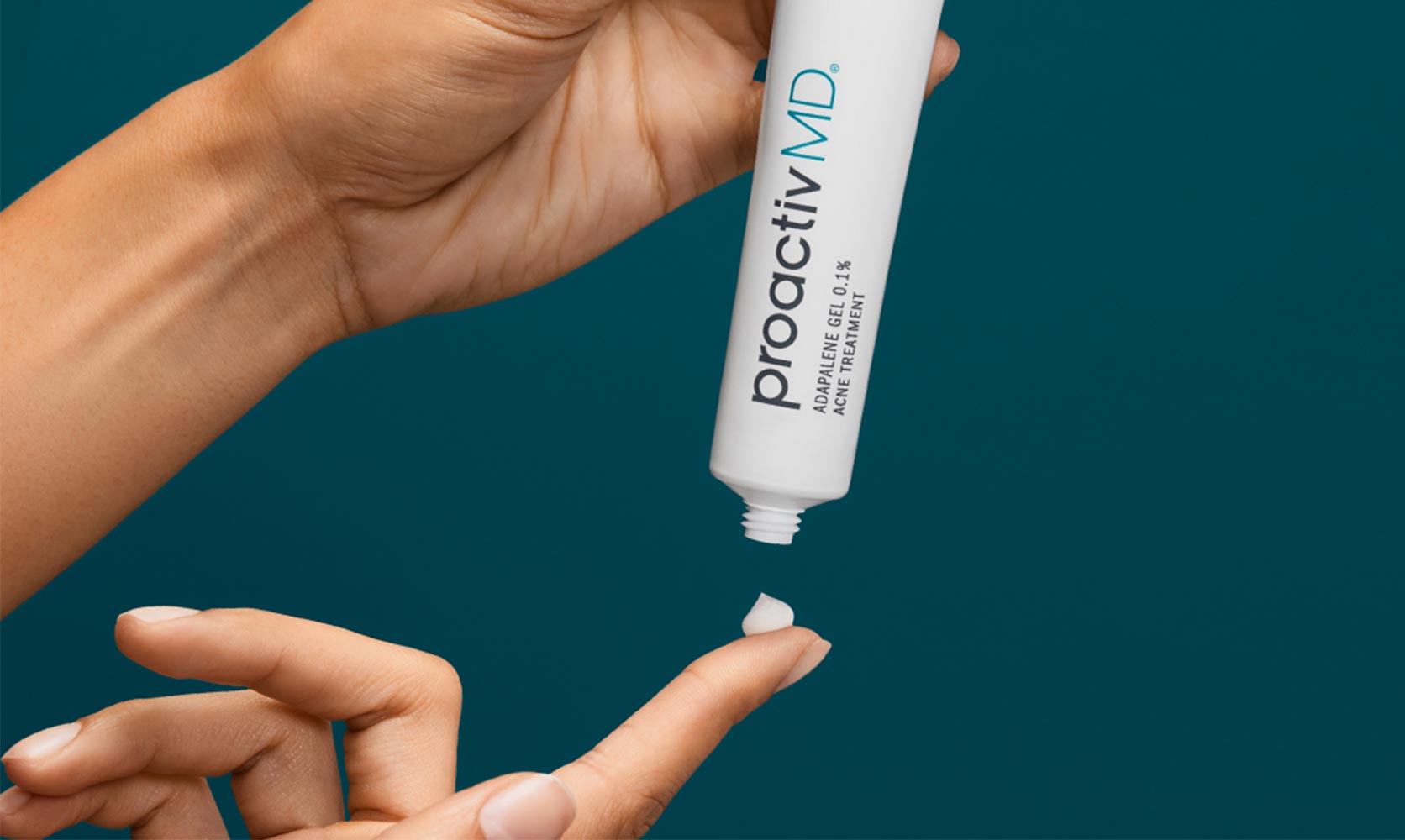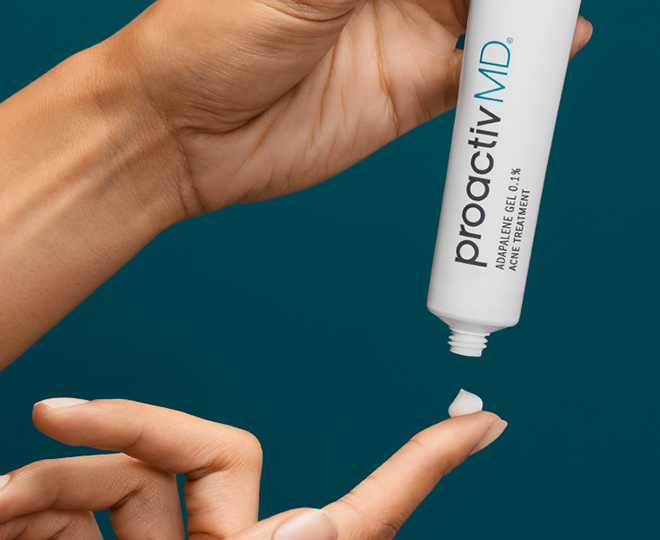Acne is classified as either inflammatory acne or non-inflammatory acne. Both can become serious if left untreated, although inflammatory acne can be particularly serious and can require the attention of a dermatologist. Let’s explore the differences between inflammatory acne vs non-inflammatory acne and discuss what causes inflammatory acne and how to treat inflammatory acne to help clear up the details — and your skin.
Inflammatory vs. non-inflammatory acne
Both types of acne start forming when dead skin cells and other debris mix
with excess oil (sebum) near the surface of the skin to clog pores.
When the acne formation process ends, the result is non-inflammatory acne.
The major difference is that with inflammatory acne, acne-causing bacteria
infiltrates the clogged pore, causing inflammation in many different forms.
Inflammation may appear as redness, swelling, pus, sensitivity, or pain to
the touch. Surprisingly, the reason inflammation forms in the first place is
because the immune system sends white blood cells to fight the bacteria-caused
infection.
What is non-inflammatory acne?
-
whiteheads and blackheads
Non-inflammatory acne comes in two highly recognizable main forms – open and closed comedones. Both are very similar types of acne, and both start with a clogged pore.
In blackheads, the top of the pore is slightly open, exposing the trapped sebum to oxygen, which turns it black. In whiteheads, the top of the pore is closed off, so the trapped sebum remains its natural yellowish, whiteish color. And, when bacteria enters a whitehead or blackhead, it can become a type of inflammatory acne, so make sure not to pop your own zits which can spread bacteria to non-inflammatory acne and even to clean pores.
What is inflammatory acne?
The first step in treating inflammatory acne is identifying its type.
-
papules
The less aggressive form of acne presents as papules and pustules. Papules are small, reddish bumps on the skin. They can appear alone or they can form in clusters that feel like rough sandpaper .
-
pustules
Pustules are the medical term for what you might think of as a classic pimple. They are papules that are filled with yellow or white liquid pus, which forms when clusters of leftover white blood cells are finished fulfilling their job of fighting the infection.
-
nodules/cysts
Nodules and cystic acne (also known as cysts) are less common, but a more serious form of inflammatory acne. Nodules are large, firm and painful bumps that form mostly under the surface of the skin. Cysts are similar but are generally deeper and filled with pus. It may be hard to tell the difference, but if you think you have this severe form of acne, a doctor or dermatologist should be consulted.
When it comes to stubborn acne, the best proactiv® acne treatment system is the ProactivMD® 3-Piece System, due to its inclusion of Adapalene Gel, a powerful prescription-strength retinoid (no-prescription needed) that helps curb redness and inflammation by attacking current and future breakouts on a cellular level.
The bottom line
Acne is never any fun, whether it’s inflammatory or non-inflammatory. But you can get mild to moderate acne under control with proactiv’s acne treatment systems, or by consulting with a dermatologist to find the right treatment for serious acne.






